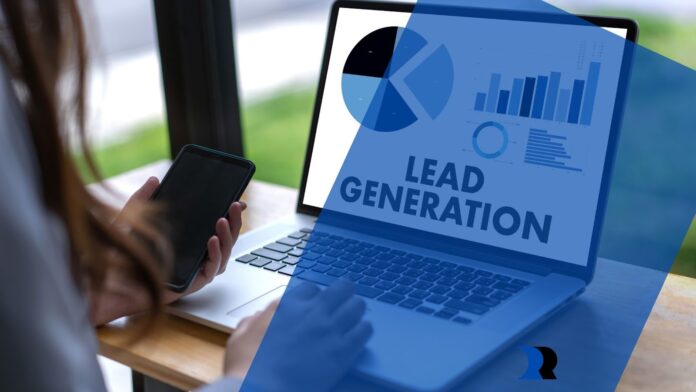Business-to-Business (B2B) lead generation is a critical facet of business growth and sustainability. Among numerous platforms and strategies, LinkedIn has emerged as an exceptional tool for B2B lead generation. Let’s explore why LinkedIn is a powerhouse in this regard and the other effective methods for generating B2B leads.
LinkedIn: The B2B Lead Generation Powerhouse
LinkedIn, with over 774 million users as of 2022, is the world’s largest professional network. But what truly sets it apart is its user intent: while other social networks focus on personal connections and entertainment, LinkedIn’s users come for professional networking and business growth.
Why LinkedIn Excels in B2B Lead Generation
- Highly Targeted Advertising: LinkedIn provides precise targeting options based on criteria such as industry, company size, job function, and seniority. According to LinkedIn’s data, its platform is responsible for 80% of B2B leads from social media.
- Content Marketing Platform: Publishing thought leadership content on LinkedIn can position your brand as an industry leader, attracting potential leads. HubSpot’s research found that LinkedIn is 277% more effective for lead generation than Facebook and Twitter.
- Professional Networking: LinkedIn promotes networking with industry professionals, creating opportunities for collaborations, partnerships, and lead generation.
- Sales Navigator: This premium tool allows for advanced lead and company search capabilities, ensuring that your prospecting efforts are more effective and targeted.
Other Effective B2B Lead Generation Strategies
While LinkedIn is a formidable platform for B2B lead generation, other methods can complement your LinkedIn strategy.

- Content Marketing: Creating high-quality, relevant content can attract leads. According to Demand Metric, content marketing generates three times as many leads as traditional marketing while costing 62% less.
- Referral Programs: Encouraging existing clients to refer new ones can be highly effective. Nielsen reports that people are four times more likely to buy when referred by a friend. Similarly, incentive programs lead to referrals – statistically, B2B buyers are 72% more likely to refer your business to others if they’re part of an incentive program with rewards that actually make it worth it. Visit incentivesmart.com for more information about the power of loyalty programs.
- Email Marketing: Despite the growth of social media, email remains a dominant player in B2B lead generation. A study by Emarsys (2021) revealed that 81% of SMBs rely on email as their primary customer acquisition channel and 80% for retention.
- SEO and SEM: These strategies enhance online visibility and credibility. BrightEdge found that SEO drives 1000%+ more traffic than organic social media, while 75% of businesses say SEO is more effective in generating sales than PPC (Databox).
- Webinars and Virtual Events: Hosting webinars or online events on industry topics can attract high-quality leads. InsideSales.com reports that 73% of marketing and sales leaders consider webinars the best way to generate quality leads.
- Trade Shows and Conferences: In-person events can be potent lead generators, although they can be costly and time-consuming. The Content Marketing Institute found that 68% of B2B marketers use in-person events for lead generation.
LinkedIn’s unparalleled platform for professional networking and targeted marketing makes it an excellent tool for B2B lead generation. However, in the increasingly competitive business landscape, relying solely on LinkedIn may not suffice. It is essential to adopt a multi-pronged approach, integrating strategies like content marketing, email marketing, SEO, webinars, referral programs, and trade shows.

By blending these techniques, you can ensure a steady influx of high-quality leads, setting your business on the path to continuous growth. Remember, lead generation is not a one-time effort but a long-term strategy that requires consistent engagement and adaptation to market trends. Stay ahead of the curve by regularly reassessing and refining your lead generation strategies to achieve and surpass your business goals.


